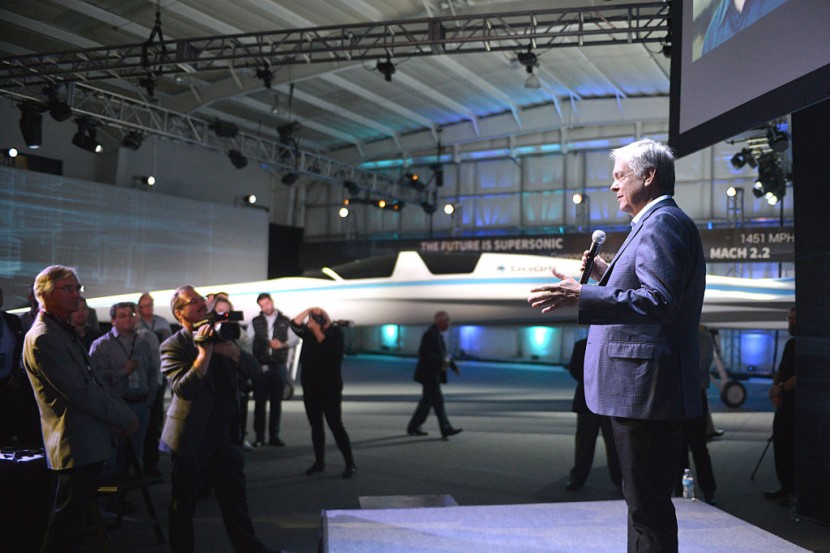
The Virgin Galactic is one of those pioneering companies developing space flights for customers as a new experience. They are developing a prototype space plane that is reusable and allows the edge of space transit for future operations reported CNN via MSN.
The company spent years testing its prototype space soaring vehicle for Virgin's customers. One of the company's goals is to wrap up all the technical aspects in its new headquarters in New Mexico by one year.
Spaceplane VSS Unity
The test of the Unity recorded a maximum altitude of 55.45 miles, said the firm. According to the US government, any vehicle that has reached the limit of the 50-mile mark is already within the borders of space.
This technical feat from Virgin's spaceflight program is an affirmation of the design's space-faring capability, which will function as a regular plane when in Earth's atmosphere.
On Saturday, Virgin tweeted that its successful space rocket plane is part of the tech tested out for NASA's Flight Opportunities Program.
Once the news of Virgin Galactic's third test flight was reported to the investors by officials involved with the program, it made the shares on the stock market register an uptick of 14 percent last Wednesday.
It was not always a success for VSS Unity. Several attempts were made before the successful flight last Saturday. An earlier attempt was not successful when the rocket engine did not power up at the critical moment to start its flight. This technical problem was a concern that took a few months more before engineers could correct it.
Aspiring to offer the first commercial space flights
Virgin Galactic is the brainchild of its head, the British billionaire Richard Branson, started in 2004. He created the company with the goal of giving groups of people willing to pay to go on a flight on one of their rocket-plane and traverse the boundaries of space or sub-orbital space in scenic flights unmatched by any company, cited 9 News.
Problems happened along the way that caused complications and delays, with a severe incident in 2014 when a prototype crashed, killing one of its pilots.
But, interest in the project did not stop for those willing to pay money for tickets worth $200,000 to $250,000. Some 600 people have already paid and are just waiting for their ride on VSS Unity.
The initial pricing of Virgin's enterprise would be more expensive if more people signified interest.
The company recently hired a new CEO, Michael Colglazier, a former Disney executive, and has vowed to progressively ramp up to commercial activities in the next year or two.
The firm is working on a new project, a new prototype of a plane called SpaceShipIII, to fly approximately 400 flights every year from its spaceport in New Mexico, noted CBS News.
Virgin Galactic's third test flight did well enough to push its space program forward beyond VSS Unity.
Related article: New B-21 Stealth Bomber Can Defend Itself with Air to Air Missiles








